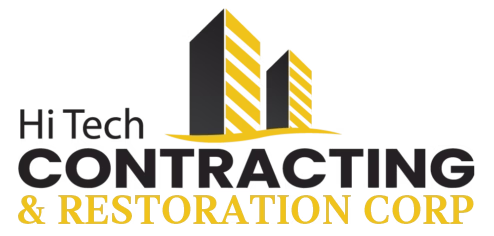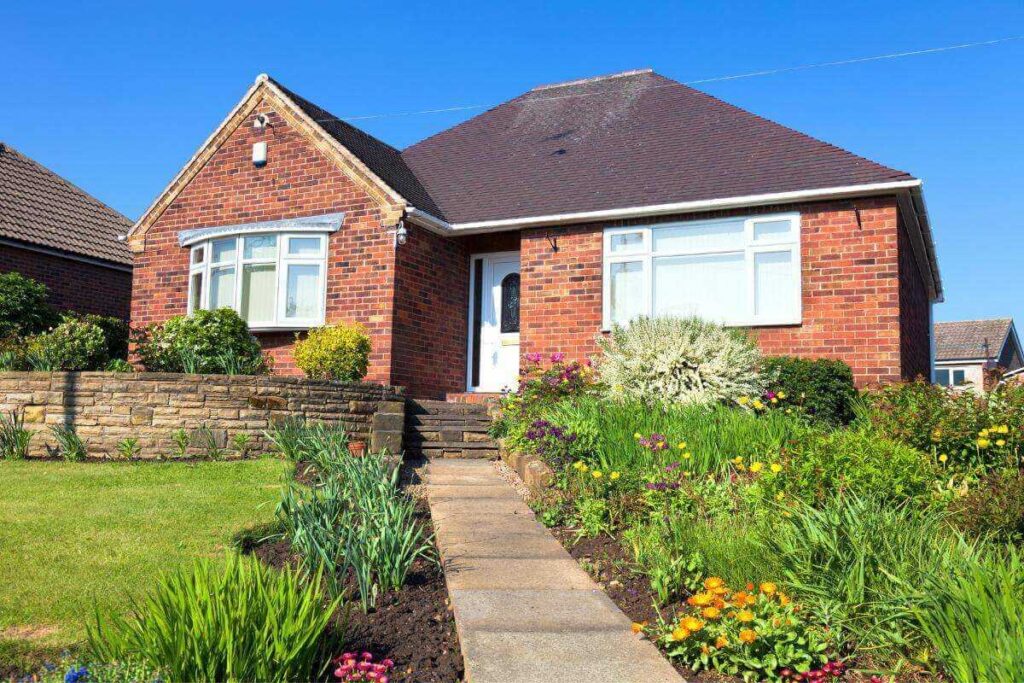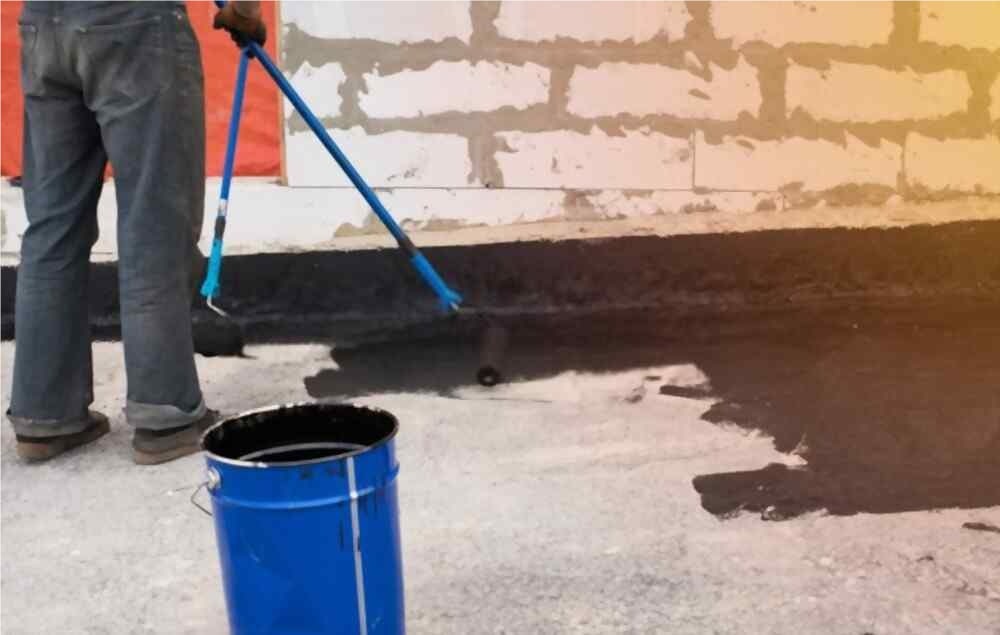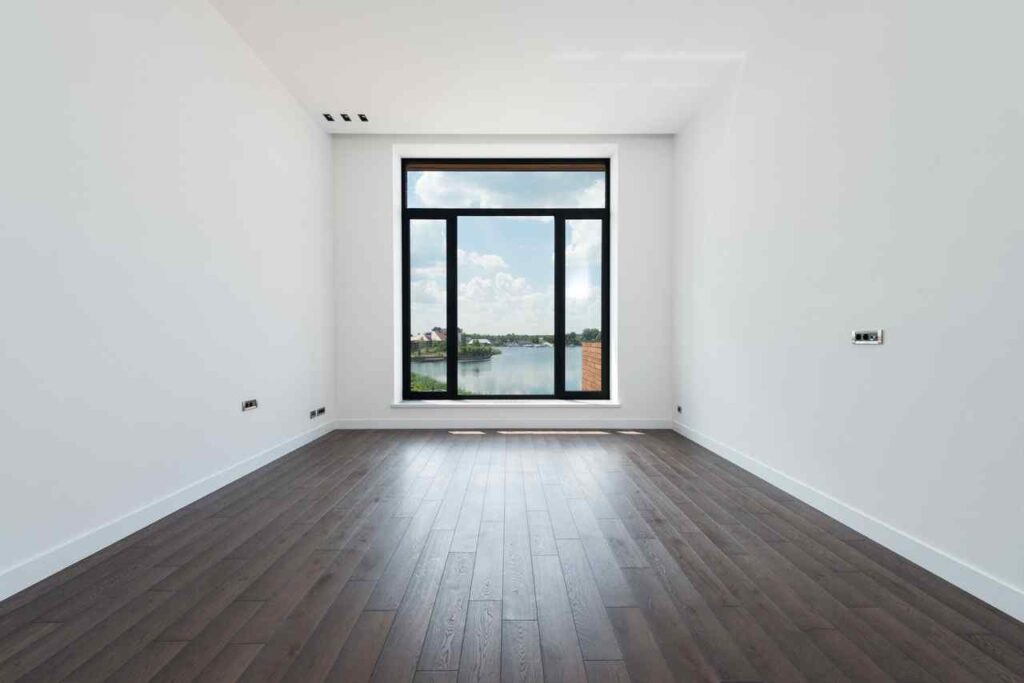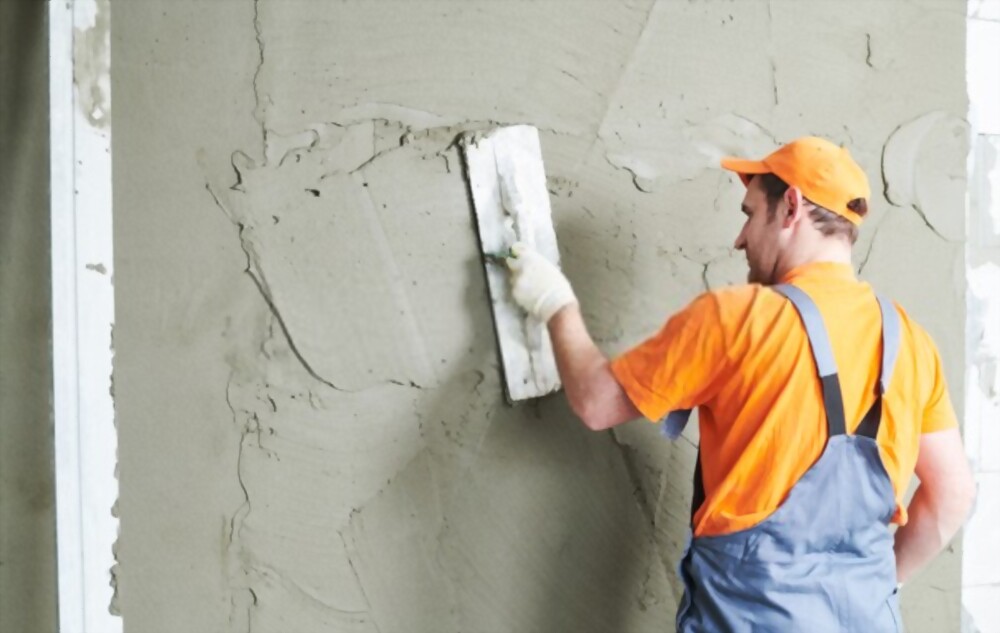New York City is a living museum of architectural grandeur with its iconic brick structures painting a vivid historical and cultural landscape. Brick pointing, an essential part of maintaining these structures, plays a significant role in preserving the city’s charming aesthetic. However, common mistakes during this process can compromise the integrity and beauty of these buildings. This comprehensive guide will help you navigate these potential pitfalls.
The Top Brick Pointing Mistakes to Avoid in NYC
Overlooking the Importance of Proper Preparation
The first, often overlooked, step in brick pointing is surface preparation. This involves carefully removing the old, deteriorated mortar to an appropriate depth before the application of new mortar. Typically, the depth should be at least twice the width of the mortar joint. Inadequate or rushed preparation can lead to weak adhesion of the new mortar, causing it to flake off or crumble prematurely.
Moreover, if the bricks are not cleaned properly before the pointing process begins, dust and debris can hinder the new mortar’s adhesion, leading to a weaker bond. Proper preparation not only ensures a strong bond but also contributes to an aesthetically pleasing finish.

Misjudging the Right Mortar
Selecting the right mortar is crucial. The new mortar should have a composition and hardness similar to the original one to ensure compatibility. Using a mortar that is harder than the brick, such as Portland cement in older buildings, can cause the bricks to crack or erode over time.
Many buildings in NYC are historical structures, and the original mortar used in these buildings was often less rigid and more breathable than modern mortars. Using a modern, less permeable mortar can trap moisture in the brick, leading to accelerated deterioration. Therefore, it’s vital to consult with a professional to determine the most suitable mortar for your specific building.
Ignoring Weather Conditions
Brick pointing is not a process that should be rushed, and weather conditions play a significant role. Ideally, brick pointing should be done in moderate temperatures and humidity. If the weather is too hot, the mortar can dry too quickly, leading to weak, crumbly joints. Conversely, if it’s too cold, the mortar may not set properly, again resulting in weak joints.
Wet weather poses its own set of challenges. If it’s raining or if the bricks are wet, the new mortar may not adhere properly. Furthermore, freshly applied mortar should be protected from rain, direct sunlight, and freezing temperatures. A failure to account for weather conditions can compromise the quality and longevity of the brick pointing work.
Creating Inconsistent Mortar Joints
Mortar joints contribute significantly to the overall look and strength of the brickwork. Inconsistent, uneven, or overfilled joints can cause water to accumulate, leading to potential damage. Moreover, aesthetically, uneven joints can disrupt the harmony of the brickwork.
The shape, size, and style of the mortar joints should ideally match the original to maintain the building’s architectural integrity. This requires a skilled hand and an eye for detail. Unfortunately, inconsistent mortar joints are a common outcome of inexperienced or rushed brick pointing work.
Using Improper Tools
Specialized brick pointing requires specialized tools. Using the wrong tools or low-quality substitutes can lead to sloppy work and an unsatisfactory result. Tools like trowels, jointers, and hawk boards are designed to apply mortar evenly and neatly.
In addition, safety equipment such as gloves, safety glasses, and
dust masks are important to protect against potential injuries from dust, debris, and sharp tools. Not using the right tools or safety gear can not only compromise the quality of the work but also pose safety risks.
Avoiding Professional Help
Many homeowners are tempted to take a DIY approach to brick pointing to save money. However, brick pointing is a skilled trade that requires experience and expertise. The professional brick contractor has the necessary training, experience, tools, and knowledge to do the job correctly and efficiently.
Hiring a professional can actually save money in the long run. If the job is done incorrectly, it can lead to costly repairs or even structural damage down the line. It’s always best to consult with a professional, even if you plan to do the work yourself, to make sure you’re on the right track.
Neglecting Regular Maintenance
Brick pointing is not a one-time job. Regular inspections and maintenance are essential to identify potential issues early and address them before they become major problems. This includes checking for loose or crumbling mortar, cracks in the bricks or mortar, and signs of water damage.
Regular maintenance not only prolongs the life of the brickwork but also helps maintain the building’s aesthetic appeal. Neglecting maintenance can lead to more frequent and costly brick pointing work and can potentially cause irreversible damage to the structure.
Final Thoughts
In conclusion, brick pointing is a delicate task that requires careful planning, the right materials, consistent execution, and regular maintenance. By sidestepping these prevalent errors, the structural integrity and aesthetic charm of your brick edifice in NYC can be ensured. Companies like Hi Tech Contracting & Restoration Corp provide expert services in this area, offering the assurance that your building’s brickwork will weather time and elements gracefully. Their professional insight can help you navigate the complexities of brick pointing, ensuring your piece of NYC’s architectural legacy remains robust and beautiful for years to come. Contact us today for an estimate and consultation.
Social:
